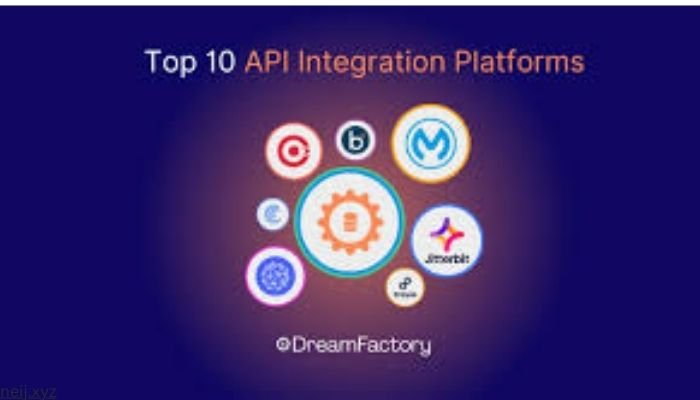In today’s hyper-connected world, businesses rely heavily on seamless communication between applications and systems. API integration platforms have emerged as essential tools, enabling organizations to create, manage, and optimize these connections efficiently. Whether you’re a growing startup or a large enterprise, understanding API integration platforms can unlock new opportunities for operational efficiency and innovation.
What are API Integration Platforms?
API integration platforms are software solutions designed to connect various applications, services, and data systems using Application Programming Interfaces (APIs). They act as intermediaries, allowing different software to “talk” to each other without requiring extensive coding or manual intervention.
These platforms simplify the process of creating connections between cloud-based applications, on-premises systems, and third-party services, enabling seamless data exchange and workflow automation.
Why Businesses Need API Integration Platforms
1. Streamlining Operations
Modern businesses use a variety of tools for different functions, such as customer relationship management (CRM), enterprise resource planning (ERP), and marketing automation. API integration platforms help unify these tools, ensuring that data flows smoothly and processes remain uninterrupted.
2. Reducing Development Complexity
Traditionally, creating integrations between systems required developers to write custom code for each connection. API integration platforms eliminate this need, offering pre-built connectors and user-friendly interfaces that make the integration process faster and more accessible.
3. Improving Scalability
As businesses grow, their integration needs evolve. API integration platforms provide scalable solutions that allow companies to add or modify connections with minimal effort. This adaptability ensures organizations stay agile in an ever-changing digital landscape.
Key Features of API Integration Platforms
1. Pre-Built Connectors
These platforms often include a library of pre-built connectors for popular applications like Salesforce, Slack, and Google Workspace, reducing setup time and effort.
2. Drag-and-Drop Interface
A user-friendly, drag-and-drop interface allows even non-technical users to create workflows and integrations without needing coding skills.
3. Real-Time Data Processing
API integration platforms facilitate real-time data synchronization, ensuring that critical information is always up-to-date across connected systems.
4. Customizable Workflows
With customizable workflows, businesses can tailor integrations to meet their unique needs, ensuring maximum efficiency and relevance.
5. Security and Compliance
Robust API integration platforms prioritize data security, providing features like encryption, authentication, and compliance with global standards such as GDPR and HIPAA.
Top API Integration Platforms to Consider
1. Zapier
Ideal for small and medium-sized businesses, Zapier offers a simple interface and supports thousands of applications, enabling users to automate repetitive tasks effortlessly.
2. Mulesoft Anypoint Platform
This enterprise-grade solution is perfect for large organizations looking for advanced capabilities like API design, management, and analytics.
3. Dell Boomi
Known for its speed and reliability, Dell Boomi specializes in cloud-based integrations and supports hybrid environments, making it a versatile choice.
4. Postman
While primarily a tool for API testing, Postman also offers integration capabilities, making it suitable for developers and technical teams.
5. Workato
Workato is designed for workflow automation and offers a robust set of features tailored for businesses aiming to simplify complex processes.
Benefits of API Integration Platforms
1. Cost Efficiency
By eliminating the need for custom development, these platforms significantly reduce costs associated with integration projects.
2. Enhanced Productivity
Automating manual tasks and streamlining workflows free up valuable time for employees to focus on strategic initiatives.
3. Better Decision-Making
With real-time data synchronization, businesses can make informed decisions based on accurate and up-to-date information.
4. Faster Time-to-Market
API integration platforms accelerate the development and deployment of new integrations, helping businesses adapt to market demands swiftly.
How to Choose the Right API Integration Platform?
1. Understand Your Requirements
Determine the specific use cases and applications you need to integrate. Consider factors like data volume, frequency of updates, and security requirements.
2. Evaluate Scalability
Choose a platform that can grow with your business and accommodate future integration needs.
3. Check Compatibility
Ensure the platform supports the applications and systems you currently use or plan to adopt.
4. Review Pricing Models
API integration platforms often offer tiered pricing. Compare plans to find one that fits your budget without compromising on essential features.
5. Test User Experience
A platform with an intuitive interface and excellent customer support can make a significant difference in your experience.
